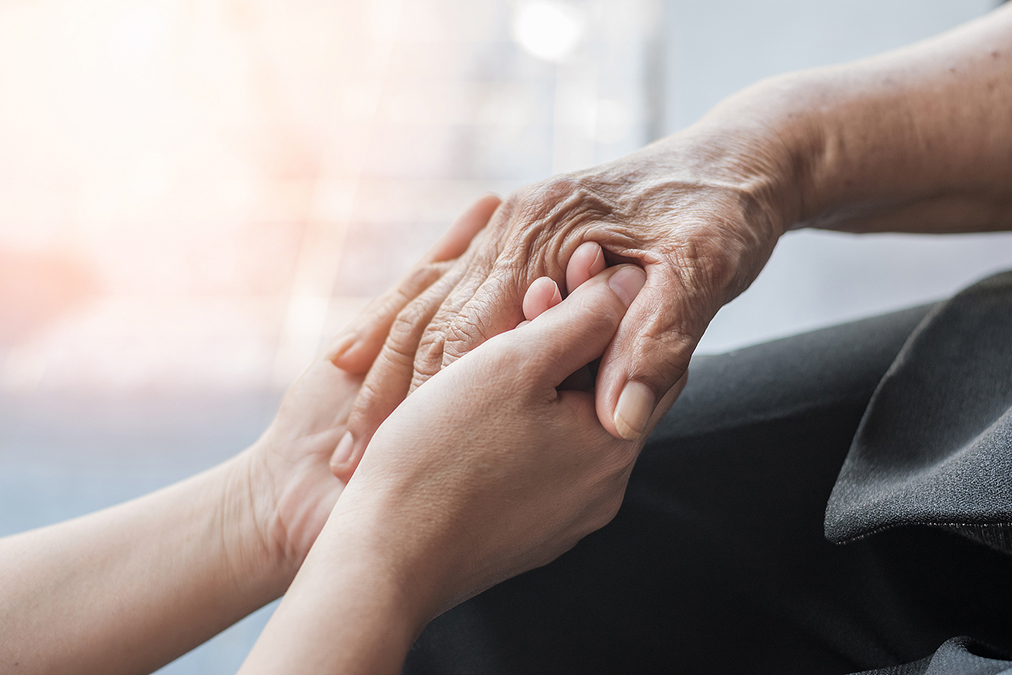 Many previously published studies have found a relationship between gut bacteria and Parkinson’s disease.
Many previously published studies have found a relationship between gut bacteria and Parkinson’s disease.
But a study in the latest edition of the Journal of Parkinson’s Disease focuses on gut fungus instead of bacteria.
Gut bacteria have been blamed for a wide range of diseases, but fungi are also responsible for some, including ringworm, athlete’s foot, jock itch, oral thrush, candidiasis, vaginal yeast infections, diaper rash, and so on.
Bacteria are single-celled organisms with a simple cellular structure. Most fungi tend to be multicellular with complex cellular structures. Fungi include molds, yeast, mushrooms, and toadstools. And when you think of mushrooms, beer, and bread, you should know that many fungi are edible.
A University of British Columbia research team recruited 95 Parkinson’s patients and 57 healthy controls from the Pacific Parkinson’s Research Centre (PPRC) at the University of British Columbia.
The participants visited the hospital for two hours, during which they were examined and had their Parkinson’s symptoms evaluated.
They were also asked to provide a fecal sample for researchers to test for bacteria and fungi.
The researchers could not find any differences between the types of fungi in the fecal samples of the Parkinson’s patients and the healthy controls, showing that gut fungi probably do not play a role in Parkinson’s disease.
They could also find no relationship between gut fungi and motor, cognitive, or gastrointestinal symptoms in their participants.
The only difference they could find was that the Parkinson’s patients had a lot less fungi relative to bacteria than the healthy controls did, suggesting that the intestines of people with Parkinson’s are not hospitable places for fungi.
In general, they found very little fungi in their subjects’ fecal samples, which probably means that—unlike the case with bacteria—our intestines are generally not good places for fungi to flourish.
The little fungi that they could detect were harmless ones from the environment and from their subjects’ diets. Unsurprisingly, the most common genus detected was Saccharomyces, which is basically the category into which brewer’s and baker’s yeasts fall.
This study is important because it shows that scientists should pursue other lines of research to find out how Parkinson’s happens.

 Multiple Sclerosis
Multiple Sclerosis Banishing Bronchitis
Banishing Bronchitis Gum Disease Gone
Gum Disease Gone Overcoming Onychomycosis
Overcoming Onychomycosis Neuropathy No More
Neuropathy No More The Prostate Protocol
The Prostate Protocol Brain Booster
Brain Booster
 Ironbound
Ironbound
 Solution for Shingles
Solution for Shingles
 The Bone Density Solution
The Bone Density Solution
 The Ultimate Healing Protocol
The Ultimate Healing Protocol
 The Parkinson's Protocol
The Parkinson's Protocol
 The Chronic Kidney Disease Solution
The Chronic Kidney Disease Solution
 Overthrowing Anxiety
Overthrowing Anxiety The Fatty Liver Solution
The Fatty Liver Solution The Hypothyroidism Solution
The Hypothyroidism Solution
 The End of Gout
The End of Gout The Blood Pressure Program
The Blood Pressure Program
 The Oxigized Cholesterol Strategy
The Oxigized Cholesterol Strategy
 Stop Snoring And Sleep Apnea Program
Stop Snoring And Sleep Apnea Program
 The Arthritis Strategy
The Arthritis Strategy The Vertigo & Dizziness Program
The Vertigo & Dizziness Program The 3-Step Diabetes Strategy
The 3-Step Diabetes Strategy Hemorrhoids Healing Protocol
Hemorrhoids Healing Protocol The Erectile Dysfunction Master
The Erectile Dysfunction Master Weight Loss Breeze
Weight Loss Breeze The IBS Program
The IBS Program The Insomnia Program
The Insomnia Program The Migraine and Headache Program
The Migraine and Headache Program The Neck Pain Solution
The Neck Pain Solution The Menopause Solution
The Menopause Solution The Ejaculation Master
The Ejaculation Master The TMJ Solution
The TMJ Solution The Acid Reflux Solution
The Acid Reflux Solution The Fibromyalgia Solution
The Fibromyalgia Solution The Psoriasis Strategy
The Psoriasis Strategy